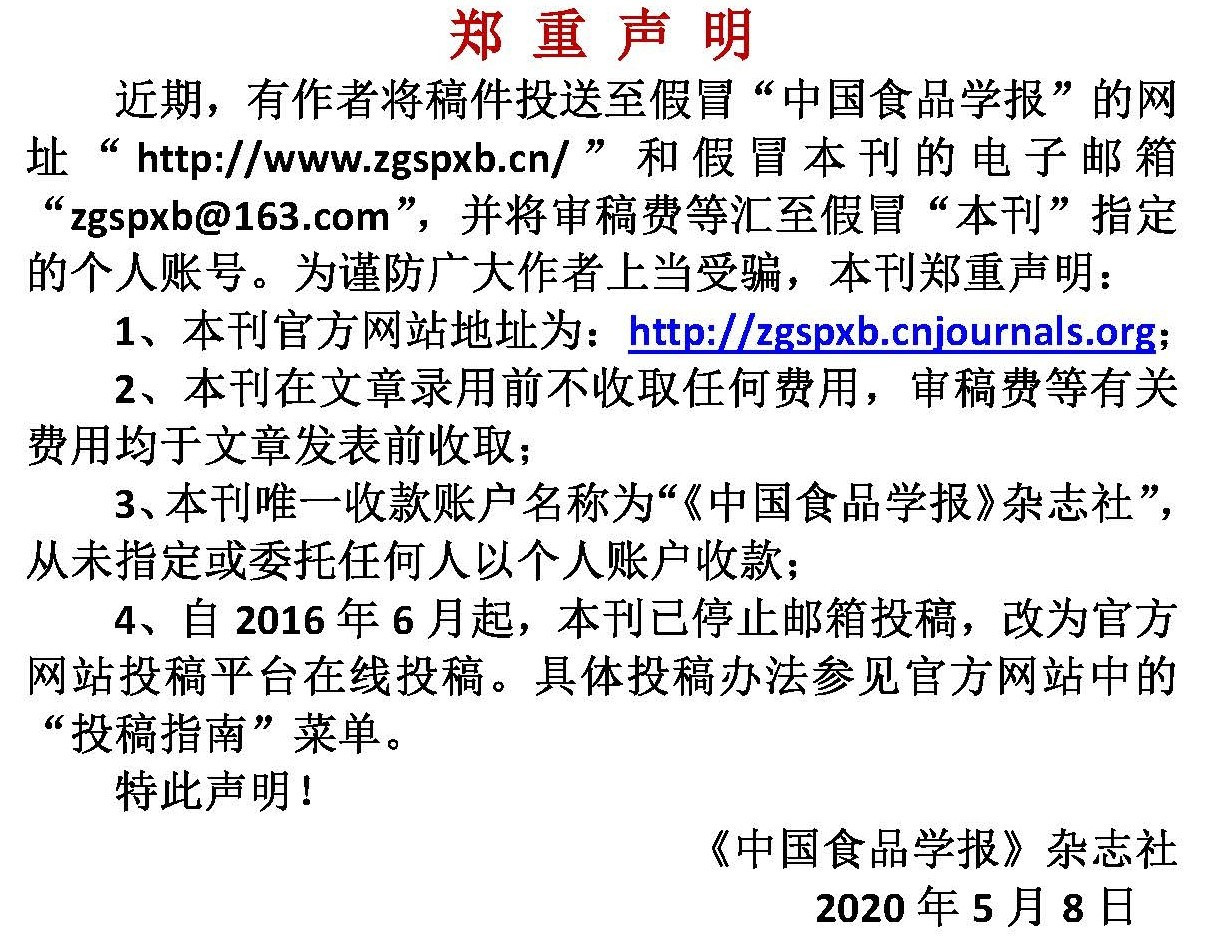基于TF-IDF的食品风险分析模型的构建与应用
作者:
作者单位:
(宁波市产品食品质量检验研究院(宁波市纤维检验所) 浙江宁波 315048)
作者简介:
通讯作者:
中图分类号:
基金项目:
国家市场监管总局科技计划项目(2019MK080,2020MK117);浙江省基础公益研究计划项目(LGC20C200013);宁波市自然科学基金项目(202003N4196,2019A610438,2019A610437);宁波市泛3315创新团队(2018B-18-C);宁波市高新精英创新团队(甬高科[2018]63号)
The Building and Applying of Food Risk Analysis Model Based on TF-IDF
Author:
Affiliation:
(Ningbo Academy of Product and Food Quality Inspection (Ningbo Fibre Inspection Institute)Ningbo 315048, Zhejiang)
Fund Project:
引用本文
姚振民,邢家溧,承海,郑睿行,毛玲燕,徐晓蓉,张书芬,沈坚.基于TF-IDF的食品风险分析模型的构建与应用[J].中国食品学报,2022,22(12):324-331
复制分享
文章指标
- 点击次数:
- 下载次数:
- HTML阅读次数:
历史
- 收稿日期:2021-12-23
- 最后修改日期:
- 录用日期:
- 在线发布日期: 2023-01-09
- 出版日期:
文章二维码

版权所有 :《中国食品学报》杂志社 京ICP备09084417号-4
地址 :北京市海淀区阜成路北三街8号9层 邮政编码 :100048
电话 :010-65223596 65265375 电子邮箱 :chinaspxb@vip.163.com
技术支持:北京勤云科技发展有限公司
地址 :北京市海淀区阜成路北三街8号9层 邮政编码 :100048
电话 :010-65223596 65265375 电子邮箱 :chinaspxb@vip.163.com
技术支持:北京勤云科技发展有限公司
